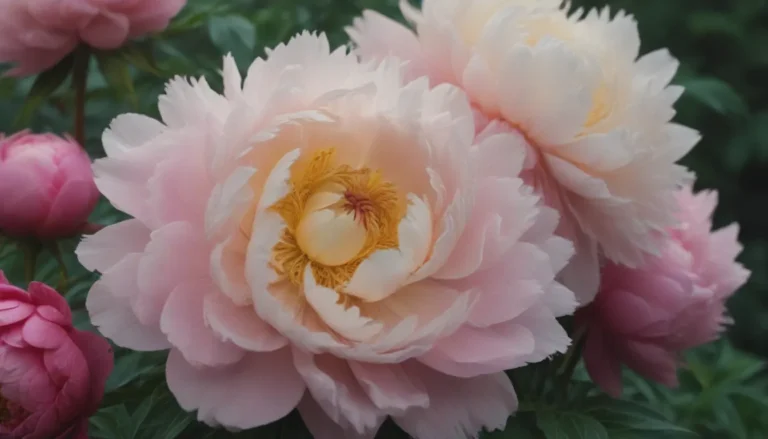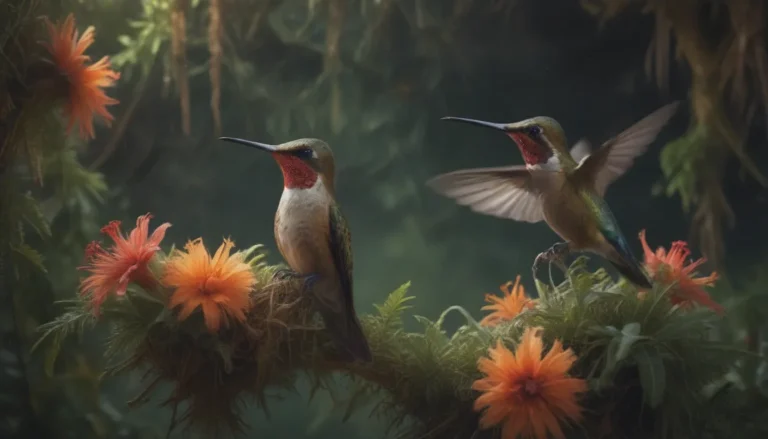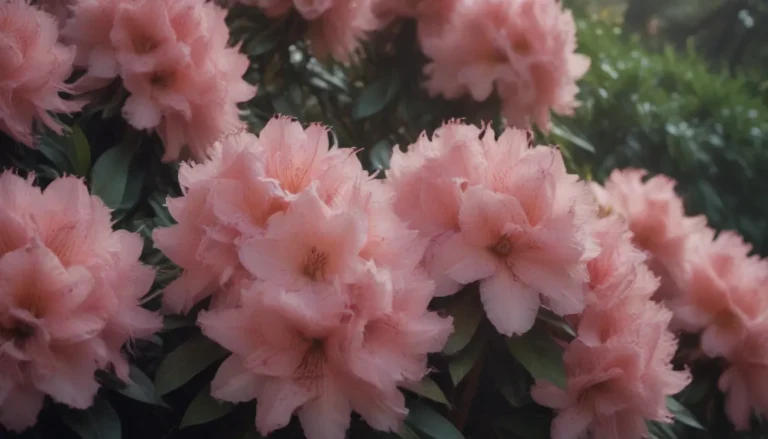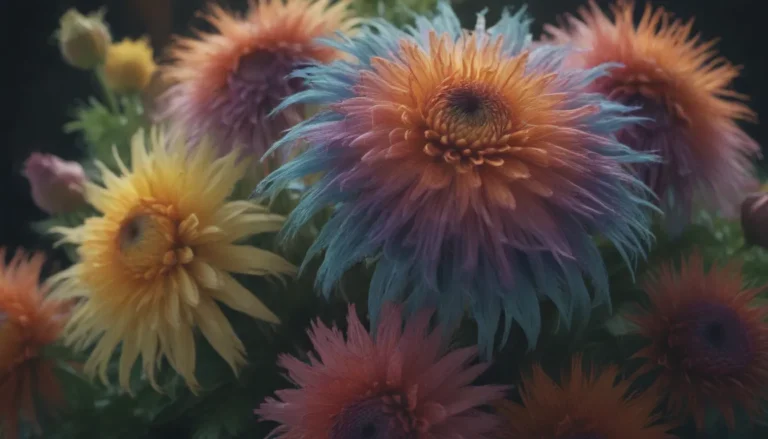Everything You Need to Know about Growing and Caring for One-Seed Juniper

Are you a fan of the stunning dark shrubby conifers that dot the arid mountainous regions of the Southwest United States? If so, you may have come across the majestic One-Seed Juniper, also known as Juniperus monosperma. This unique tree is a key player in the local ecology, providing shelter for wildlife and creating microclimates for other plants to thrive in the harsh desert environment. But did you know that most of this tree’s growth happens below the ground?
The One-Seed Juniper boasts a taproot that can reach depths of up to 200 feet, ensuring its survival in the brutal desert climate. This slow-growing tree may not be widely available in nurseries, but it is certainly worth considering for your garden. With the rise of xeriscape gardening, the One-Seed Juniper has gained popularity for its low-maintenance nature and adaptability to various conditions. Let’s dive into everything you need to know about caring for this fascinating plant.
One-Seed Juniper Care Tips
When it comes to cultivating the One-Seed Juniper, there are a few key considerations to keep in mind to ensure its health and longevity. Here are some essential care tips for this unique tree:
-
Planting: Opt for seedlings or saplings when adding the One-Seed Juniper to your garden, as the large taproot makes transplanting larger trees challenging. Dig a hole twice as wide as the root ball and water the tree generously after planting. Protect it from wind and pests with stakes and trunk guards during the first year.
-
Light: The One-Seed Juniper thrives in bright, sunny conditions but can also tolerate partial shade. Its adaptability to desert sun and natural shade sources makes it an ideal choice for varying light conditions.
-
Soil: This tree prefers loose, neutral to slightly alkaline soil. Consider adding a sandy, gravel pumice mix to enhance drainage and create a hospitable environment for the plant.
-
Water: The One-Seed Juniper is a perfect fit for xeriscaping, requiring minimal watering and showcasing exceptional drought tolerance. It can pause its growth in response to water scarcity, making it a resilient choice for water-wise gardens.
-
Temperature and Humidity: Native to desert regions, this tree thrives in hot, dry climates with sporadic rainfall. It is frost-hardy and adapts well to Zones 5-8, reflecting its ability to withstand extreme temperature fluctuations.
-
Fertilizer: One-Seed Junipers do not need regular fertilization. Amend the soil if necessary, but avoid overfeeding this low-maintenance plant.
Propagating and Growing One-Seed Juniper
While propagating the One-Seed Juniper can be challenging, it is possible to create new plants through cuttings or seeds. Here are some tips for propagating and growing this intriguing tree:
-
Growing from Seeds: If you’re up for a rewarding challenge, try growing the One-Seed Juniper from seeds. Follow the proper steps for germination and provide adequate care for the seedlings as they mature.
-
Potting and Repotting: Despite its reputation for being difficult to transplant, One-Seed Junipers can be potted and cultivated as bonsai trees. Select a well-draining potting mix and repot as needed to maintain healthy growth and shape.
-
Overwintering: In its hardiness range, the One-Seed Juniper requires minimal care during the winter, as it goes dormant naturally. For potted trees, consider bringing them indoors to a cool spot or leaving them outdoors in non-porous containers.
By following these guidelines and understanding the unique characteristics of the One-Seed Juniper, you can enjoy the beauty and resilience of this remarkable tree in your own garden. With proper care and attention, this low-maintenance plant can thrive for many years, adding a touch of the Southwest’s natural charm to your landscape. So, why not consider adding a One-Seed Juniper to your garden and experience the magic of this desert gem firsthand?





